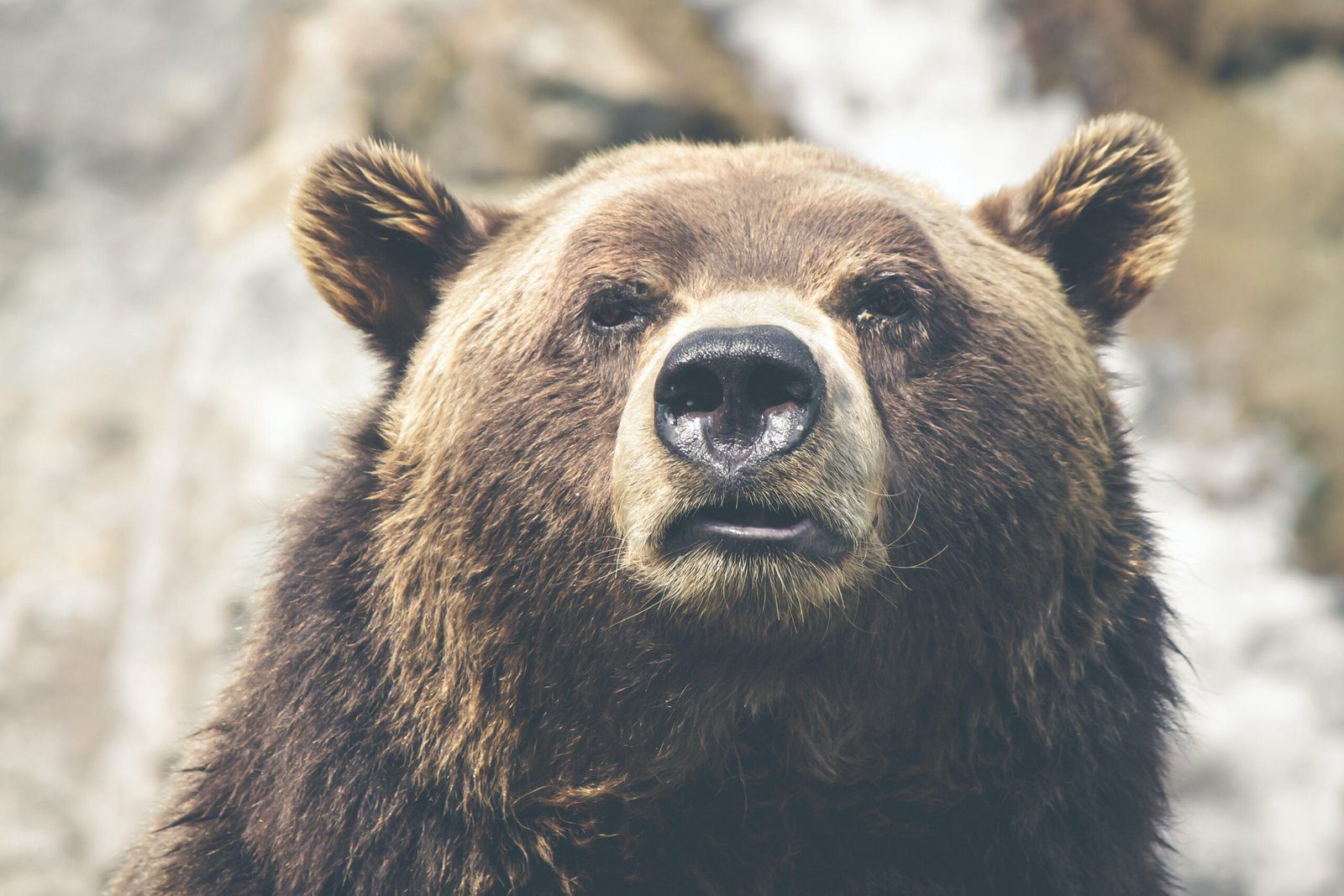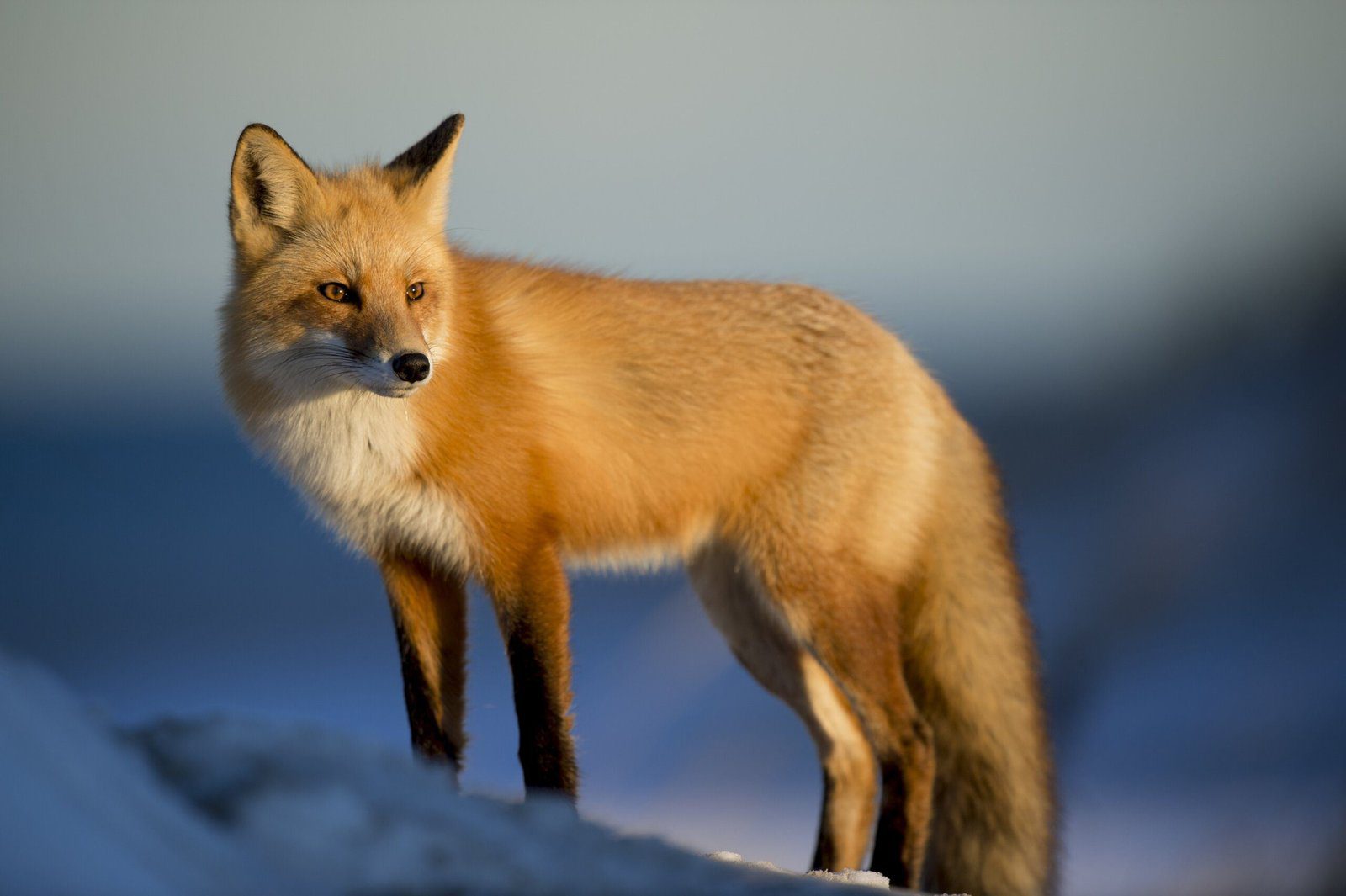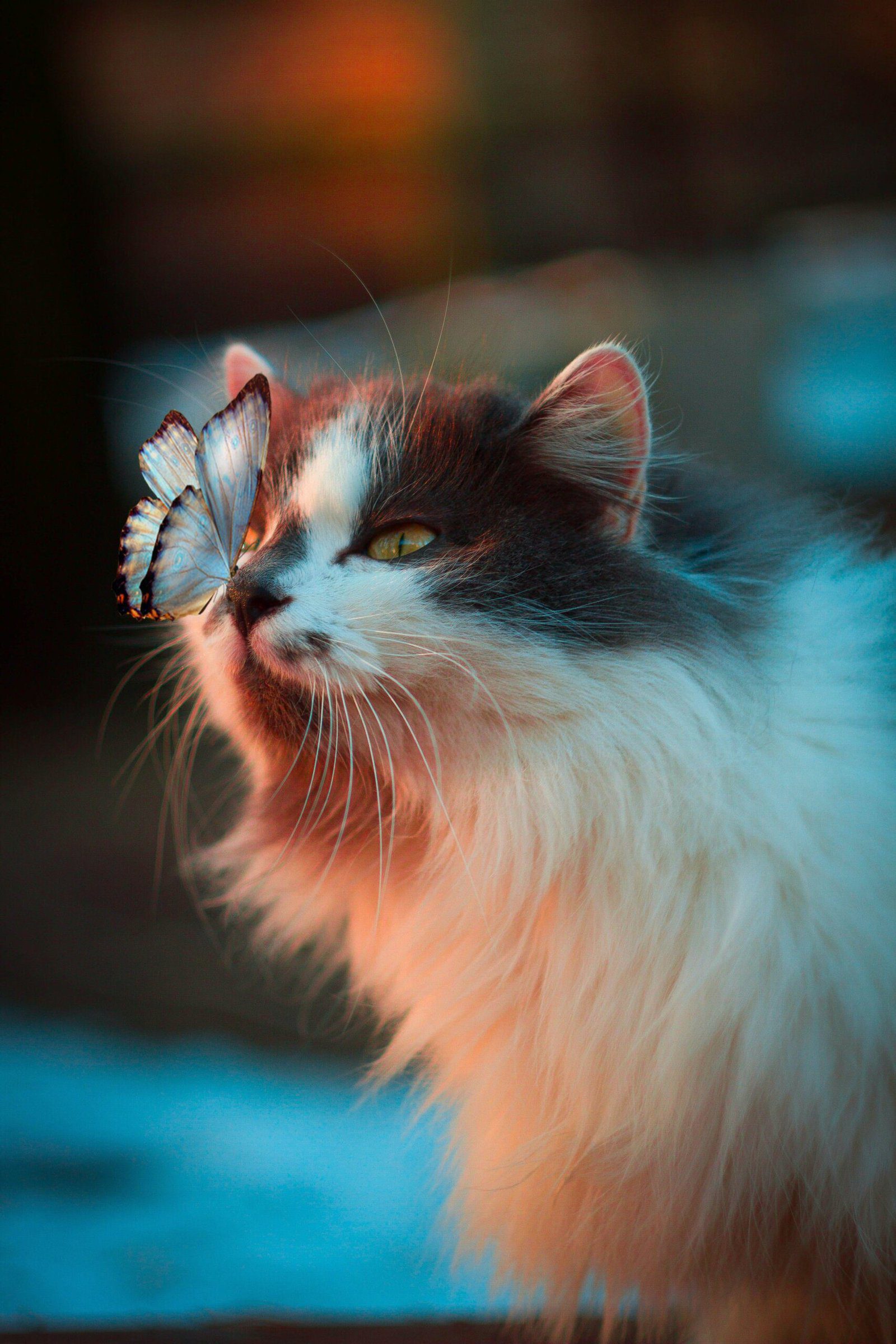Table of Contents
Imagine a world where the predator and the prey coexist in an unexpected harmony. Here’s a fascinating story about the remarkable relationship between crocodiles and capybaras. Despite being natural enemies, these ancient reptiles and the world’s largest rodents have found a way to peacefully share their habitat. But why do crocodiles have a peculiar fondness for capybaras? Let’s unravel the intriguing secrets behind this unusual bond.
The Fascinating Relationship Between Crocodiles and Capybaras

Introduction to Crocodiles and Capybaras
Crocodiles and capybaras are two fascinating species that have a unique relationship in the animal kingdom. Crocodiles, known for their predatory behavior, and capybaras, the largest rodents in the world, coexist in certain habitats, showcasing a delicate balance between predator and prey. This article will explore the habitat and distribution of these creatures, their physical characteristics, the predatory behavior of crocodiles, the potential prey of crocodiles, the traits and vulnerability of capybaras, the strategies they employ for coexistence, and the ecological implications of this relationship.
The Habitat and Distribution of Crocodiles and Capybaras
Crocodiles and capybaras have distinct preferred habitats, but they also share intersecting areas where they coexist. Crocodiles are primarily found in tropical regions, inhabiting freshwater ecosystems such as rivers, lakes, and swamps. Capybaras, on the other hand, are native to South America and thrive in wetlands, marshes, and flooded grasslands. These habitats provide the necessary resources and conditions for both species to survive and thrive.

The Physical Characteristics of Crocodiles and Capybaras
Crocodiles, with their armored bodies and elongated snouts filled with sharp teeth, possess physical features that make them formidable predators. They have scaly skin, which provides protection and camouflage, and powerful jaws capable of exerting tremendous force. Capybaras, in contrast, have relatively stout and barrel-shaped bodies covered in short, coarse hair. They have webbed feet and a large head with small, rounded ears and eyes positioned high on their head to aid in detecting predators. These physical characteristics have evolved to help each species navigate and survive in their respective environments.
Crocodiles’ Predatory Behavior
Crocodiles are known for their stealthy hunting techniques and opportunistic feeding habits. These ambush predators lie in wait, partially submerged in water, using their excellent camouflage to blend in with their surroundings. When potential prey, such as capybaras, come within striking distance, crocodiles lunge forward with astonishing speed and grip their prey using their powerful jaws. Their predatory behavior is driven by their need to secure food for sustenance and survival.

The Potential Prey of Crocodiles
Crocodiles have a varied diet that includes fish, birds, rodents, and larger mammals. Capybaras, with their large size and presence near water bodies, are prime targets for crocodile predation. However, crocodiles are opportunistic hunters and will target any available prey that presents itself. This includes other animals such as ungulates, reptiles, and even smaller crocodiles. Crocodile predation has implications not only for its immediate prey but also for the broader ecosystem in terms of trophic interactions and population dynamics.
Capybaras’ Traits and Vulnerability to Predation
Capybaras, as the largest rodents in the world, possess unique traits and vulnerabilities that make them susceptible to predation. Their large size makes them an attractive target for predators, including crocodiles. Capybaras are herbivorous animals and spend a significant amount of time grazing on grasses near water bodies, which also puts them in close proximity to potential predators. Additionally, their social nature and reliance on group dynamics for protection leave them vulnerable if caught off-guard or isolated from the group.
Unique Coexistence: An Overview
The coexistence between crocodiles and capybaras is a fascinating example of an unusual interaction in the animal kingdom. While crocodiles are apex predators and capybaras are potential prey, they have found a way to navigate their shared habitats for mutual benefits. This unique relationship highlights the complexities of predator-prey dynamics and the intricate web of interactions in ecosystems.
Coexistence Strategies of Capybaras
Capybaras employ several strategies to enhance their chances of coexisting with crocodiles while minimizing the risk of predation. One of these strategies is their social nature, which allows them to form large groups for protection. Capybaras are highly vigilant creatures, and individuals within the group take turns acting as sentinels, scanning for potential threats and emitting alarm calls to alert others of danger. Additionally, their semi-aquatic habits provide an avenue for safety, as capybaras can take refuge in water, where they are less accessible to crocodiles.
Coexistence Strategies of Crocodiles
Crocodiles, as apex predators, have developed coexistence strategies that allow them to thrive despite the presence of potential prey such as capybaras. One such strategy is maintaining a balance between hunting and conserving energy. Crocodiles are known to be opportunistic feeders, carefully selecting their prey based on factors such as size, proximity, and vulnerability. By choosing suitable prey and optimizing their hunting techniques, crocodiles can ensure a steady food supply without expending excessive energy.
Predation and its Ecological Implications
Predation plays a vital role in shaping ecosystems and has far-reaching ecological implications. The relationship between crocodiles and capybaras contributes to trophic cascade effects, where changes in predator populations can lead to shifts in the abundance and behavior of their prey, subsequently impacting other species in the food web. Additionally, the coevolutionary dynamics between predators and prey influence their adaptations, behaviors, and survival strategies. Understanding the ecological niche and importance of each species within their respective ecosystems is crucial for maintaining biodiversity and overall ecosystem health.
In conclusion, the relationship between crocodiles and capybaras is a captivating study in predator-prey dynamics. While crocodiles rely on capybaras as a potential food source, capybaras employ various strategies to coexist and minimize the risk of predation. This unique relationship highlights the complexities of predator-prey interactions and their ecological implications. By studying and understanding these interactions, we gain valuable insights into the delicate balance of nature and the importance of conserving biodiversity.

